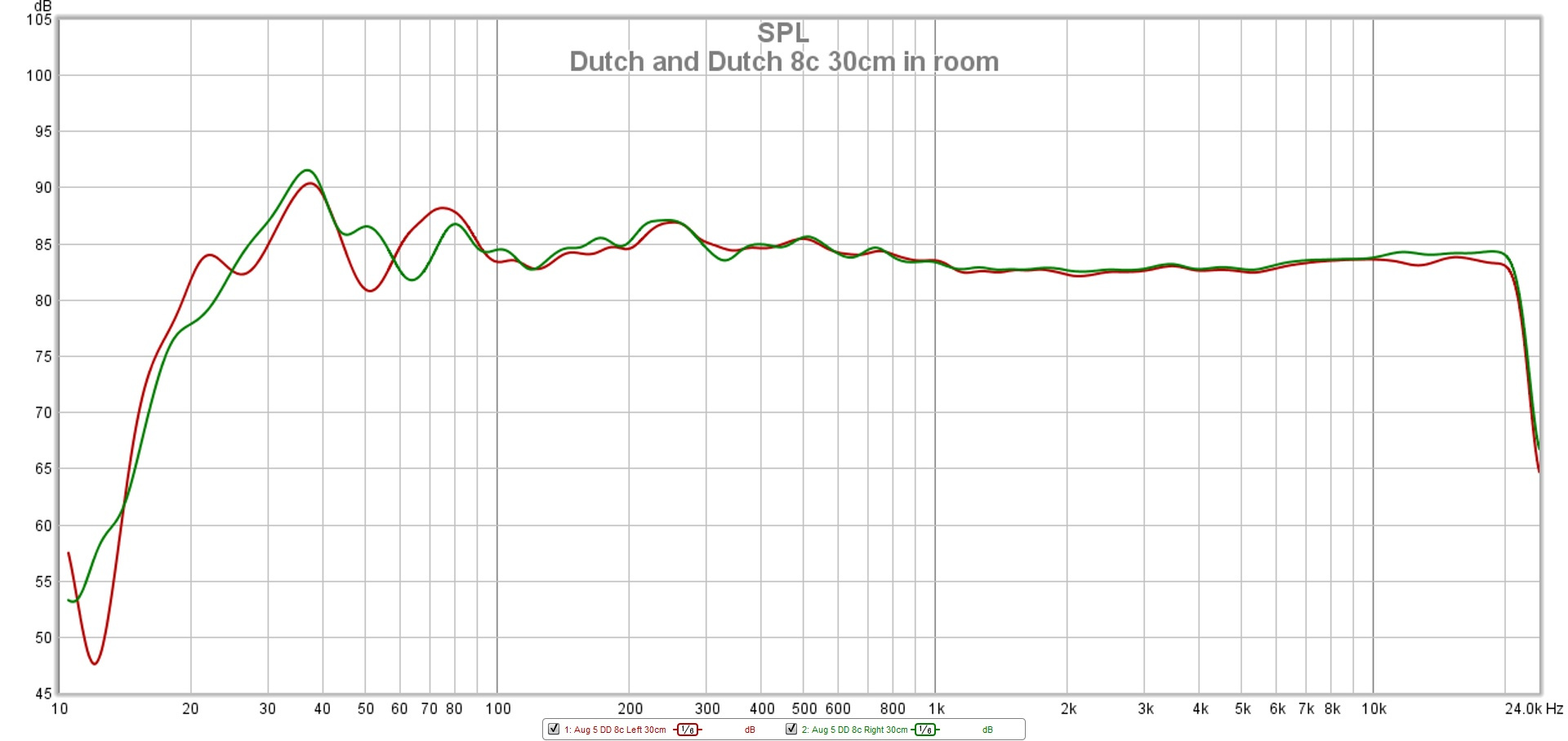watchnerd
Grand Contributor
Everything I could find on these speakers especially the Neumann model KH 420 should make them one of the most accurate sound reproduction devices available. The KH 120 and the KH 310 are no slouches in their own right.
Granted they are low on the WAF scale however the top shelf specs are reproducible and that’s saying a lot. This can’t be said for all of the newer generation of active monitors.
I’ve offered as have many other to support Amir’s speaker testing venture. I hope we’re collectively going to move forward with the project. The interesting fact is the outcome we’re aspiring to find is already available, at least one company is putting their money into audio science.
I’m going to pick up a pair and will find out what if anything i’ve been missing.
Will share my findings.
I've used Neumann KH420 in mixing / recording engineering environments.
They're very good speakers, but at that size and price, there are also a lot of other good active monitor speakers.
But for home use, I'd probably go with either (for less than the KH420) the Dynaudio Core 59 (full disclosure, I use Contour 20 in my living room and LYD5 in my music / mixing studio), or the (for more money than the KH420) Barefoot Micro Main 27, just because I prefer the sound of those monitors to the KH sound a bit when it comes to long term listening.
I also like having direct digital inputs. Last I saw, that was an add-on option to the KH.
Last edited:

